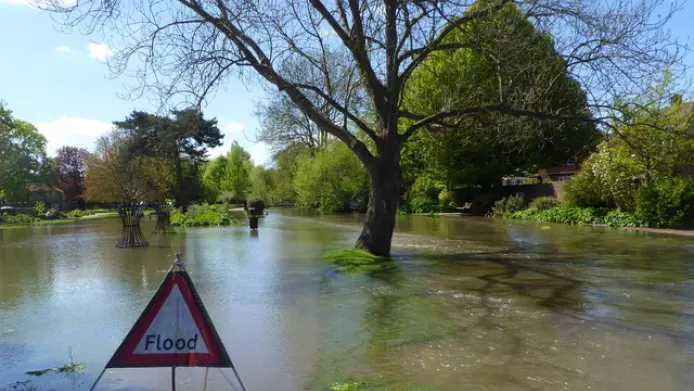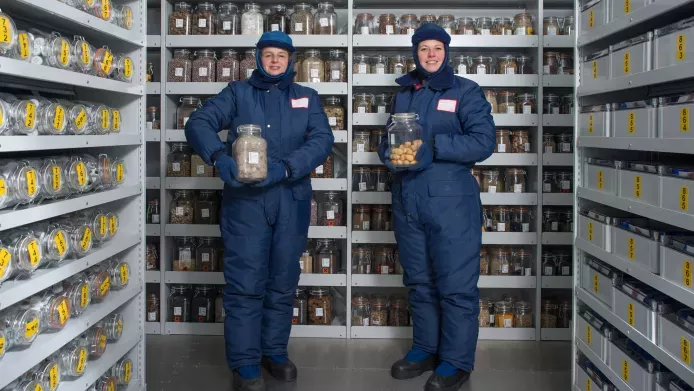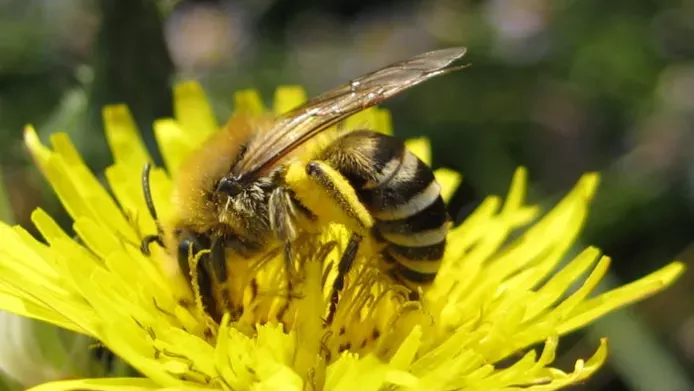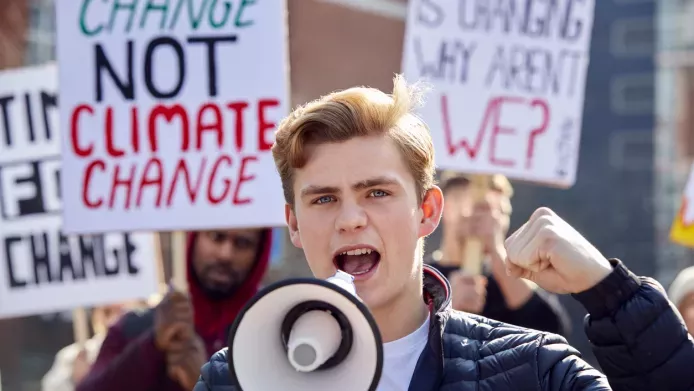COP15 – the UN Biodiversity conference – is fast approaching. But it’s not the only COP taking place this year. You may have noticed that the climate change COP27 recently came to a close. With so much happening, it can be easy to get confused.
We are now living in an age of extinction with biodiversity loss ranked as one of the biggest threats facing humanity. The scene is set for one of the most crucial environmental summits of 2022 - on par with the climate conference COP27.
‘COP’ stands for the Conference of the Parties of an international convention. In other words, it is a big international meeting. This year, there are three COPs - one for biodiversity (COP15), one for climate change (COP27) and one for world wildlife (COP19). The numbers indicate how many times they have met.
What is COP15?
Also known as the United Nations Biodiversity Conference, COP15 is the fifteenth meeting of Parties to the Convention on Biological Diversity (CBD), bringing together countries to agree on targets tackling the survival of species and preventing the collapse of ecosystems globally.
Due to the pandemic countries have not met for several years, so COP15 is a particularly important once-in-a-decade opportunity to halt destruction of the natural world. Previous targets, agreed at COP10 in Aichi, Japan, have not been met, so there is renewed pressure to put in place the financial and political support needed.
The stakes are high for these new post-2020 targets to pave the way for a ‘Paris’ moment for nature, building on the success of the 2015 Paris climate agreement, which saw countries double down to keep global warming below 2 degrees.
Why is COP15 important?
COP15 will focus on setting agreed global targets to halt and reverse the loss of ‘biodiversity’ – that is, the variety within species of animals, plants, fungi and even microorganisms like bacteria that make up our natural world. This variety is critical for our survival.
Through the interactions between plants, fungi and animals we have food to eat, medicines to rely on, and the clean water and oxygen underpinning our health and wellbeing. Plants and fungi also regulate the climate, protect communities from natural disasters like hurricanes, and counteract the pollution in the air by carbon-sequestering.
Many scientists agree that biodiversity is at a tipping point, and decisions made now at COP15 may well be our last chance to conserve the natural world and our existence as we know it.
What happens at COP15?
COP15 in Montreal will see representatives of 196 governments, joined by delegates from a wide range of stakeholders such as the business and finance community, scientists and academics, indigenous peoples and local communities, and youth representatives, meet to negotiate new plans, strategies, and targets to tackle biodiversity loss.
There will be side meetings and talks where delegates will share ideas and information, as well as high-level segment attended by global environment ministers.
The expectation is that the meeting will demonstrate political will and agree on financial support to ensure that the new set of targets are both ambitious, flexible and achievable.
Why are Kew scientists going?
Kew scientists have been involved in shaping the decisions of the CBD right from the start.
Kew will be in Montreal working with the UK government delegation, our international partners and other stakeholders from the science community to help ensure plants and fungi are central to the new framework going forward, and that it is based on the most up to date science.
What is on the agenda at COP15?
COP15 has a packed agenda but some of the key points Kew will be focusing on include:

Biodiversity loss and climate change are inextricably linked. One exacerbates the other so both must be tackled together, and biodiversity targets should integrate climate action to be successful. The unusual timing of the biodiversity and climate change meetings this year provides us with a unique opportunity to tackle both crises together.

Along with our experience of developing agreements to frame these relationships, has given us a key role in advising discussions on ensuring the The Convention on Biological Diversity (CBD) and related protocols deliver benefits fairly and support conservation and sustainable use.

Deforestation, habitat loss and species extinctions are all caused by land-use change, a leading cause of biodiversity loss worldwide. For example the Sea Aster Mining Bee (pictured above) are usually found in salt marshes and coastal regions. The number of salt marshes have declined 50% due to coastal development, meaning that both the Sea Aster Mining Bee and their homes are under threat.
Countries are agreeing on strategies to mitigate the effects of land-use change on biodiversity and Kew’s experience and advice is vital to make sure these do more good than harm for people and the planet, while ensuring they are supported by good implementation and monitoring tools.

Kew is supporting the science-based proposal for a new target to protect at least 30% of the planet’s land and ocean by 2030 (referred to as 30 by 30), but we stress the need for effective management, funding, and equitable governance to maximise positive biodiversity outcomes.
How can you help and get involved?
You don’t have to be in Montreal this December, or a scientist, to get involved. To give biodiversity the visibility it needs – and match global efforts on climate change – we need you to continue promoting good biodiversity work.
Use your voice and amplify messages on why we need to halt biodiversity loss now, and encourage action to be both ambitious and optimistic. The science is clear, it’s time for implementation and action!

You can keep up with Kew science and policy work related to COP15 @KewScience on twitter, and on the Kew website. Follow along, and join the conversation, with #COP15 and #ForNature.
